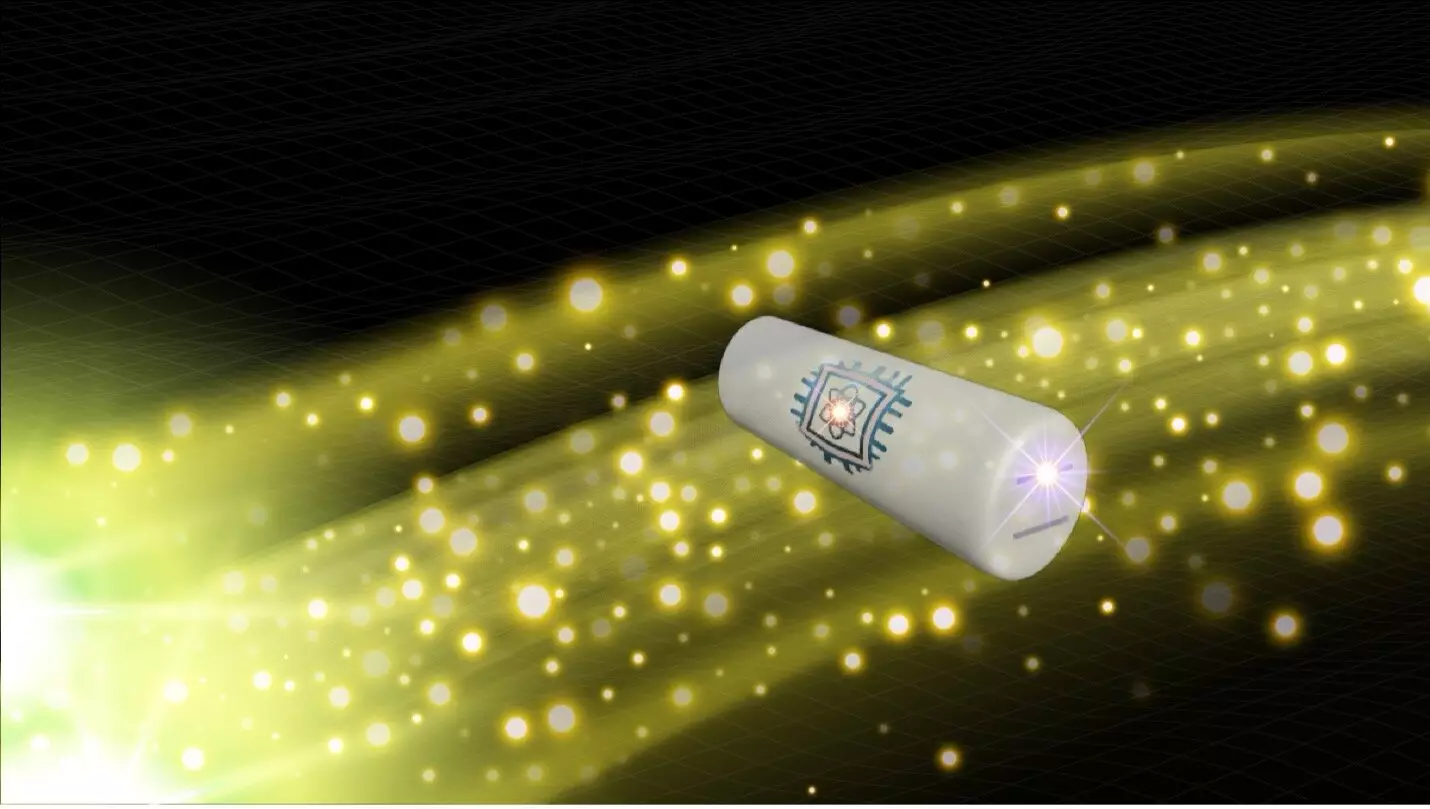In the realm of fundamental physics, the quest to link the theories of gravity and quantum mechanics represents one of the most challenging pursuits. For over a century, gravity has been predominantly framed through the lens of classical physics, with Albert Einstein’s General Theory of Relativity serving as the foundational understanding of gravitational interaction as a curvature of spacetime. Despite its profound implications—exemplified in phenomena such as time dilation, black holes, and gravitational waves—gravity’s subtler quantum properties have remained largely elusive. A recent collaborative effort led by Igor Pikovski, a professor at Stevens Institute of Technology, brings renewed hope that we may soon unravel some of the quantum underpinnings of gravity, specifically through the detection of gravitons, the hypothetical particles believed to be the elemental units of gravitational force.
The introduction of the graviton concept embodies a significant ambition in the field of theoretical physics. These hypothetical particles have remained undetected since their inception and are often compared to atoms in matter; they serve as the quantum constituents of gravity. Just as photons are the force carriers for electromagnetic interactions, gravitons are theorized to mediate gravitational interactions, but the challenge lies in their detection. While sensitive observatories like LIGO have demonstrated the existence of gravitational waves produced by massive astronomical events—such as merging black holes—that are composed of immense numbers of gravitons, pinpointing an individual graviton has long been viewed as a potentially insurmountable hurdle.
However, Pikovski and his team have articulated a groundbreaking experimental design that may soon facilitate the detection of single gravitons.
The team’s approach hinges on innovatively coupling existing physical detection frameworks, specifically by utilizing an acoustic resonator—essentially a heavy cylindrical device—with advancements in quantum sensing technologies. Pikovski elucidates that their methodology mirrors the photoelectric effect that propelled the quantum theory of light, albeit with gravitational waves replacing electromagnetic waves. This analogy elucidates the concept that energy can only exchange between the material and gravitational waves in discrete increments, suggesting that each graviton could be both absorbed and emitted in singular quanta.
This inventive experiment could pave the way to detect gravitons, necessitating the cooling of the material down to extreme low temperatures to allow for the observation of the energy shifts associated with each quantum leap. The resultant phenomenon, termed the “gravito-phononic effect,” marks a significant step forward, as it presents a functional framework for isolating the interactions characteristic of gravitons.
Furthermore, the researchers are poised to integrate data gathered from LIGO, a leading observatory capable of detecting gravitational waves, to enhance their graviton detection efforts. As noted by Thomas Beitel, a doctoral student at Stevens, while LIGO is adept at measuring large-scale gravitational wave events, the team proposes that by correlating LIGO’s observations with their detection apparatus, it may be possible to filter out the signals corresponding to individual gravitons, thus advancing toward capturing their elusive signatures.
Through a combination of advanced mathematics and a thorough understanding of quantum behaviors, the Pikovski team appears ready to unlock a new avenue in the longstanding pursuit of understanding gravity within the quantum framework. They meticulously designed their experiment using analytical parameters calculated from previously recorded gravitational wave events, including a significant event from 2017 involving the collision of distant neutron stars.
Despite the promising nature of this venture, hurdles remain. The requisite technology for achieving the necessary precision has not yet been fully realized. Germain Tobar, a graduate student in the project, acknowledges that while recent advancements in observing quantum jumps in materials have occurred, the conditions required for detecting gravitons at the necessary mass scales are yet to be developed. Nevertheless, the pace of technological advancement offers optimism, with growing expertise that could soon make such detection feasible.
The implications of Pikovski’s research could be transformative. By potentially providing a pathway to detect single gravitons, this endeavor not only reinforces the notion that gravity may be understood through quantum physics but also invites us to contemplate the very fabric of reality. If successful, this experiment could lead to a paradigm shift in scientific understanding, blurring the lines between classical concepts of gravity and quantum mechanics—a crucial step forward in the ever-elusive quest to unify physics.
In sum, while the pursuit of detecting single gravitons stands at the intersection of advanced theoretical speculation and experimental ingenuity, the work spearheaded by Pikovski’s team ignites exciting discussions about the nature of gravity, quantum mechanics, and the future of our understanding of the universe.


Leave a Reply